Home>Furniture>Outdoor Furniture>When To Replace Roof Decking
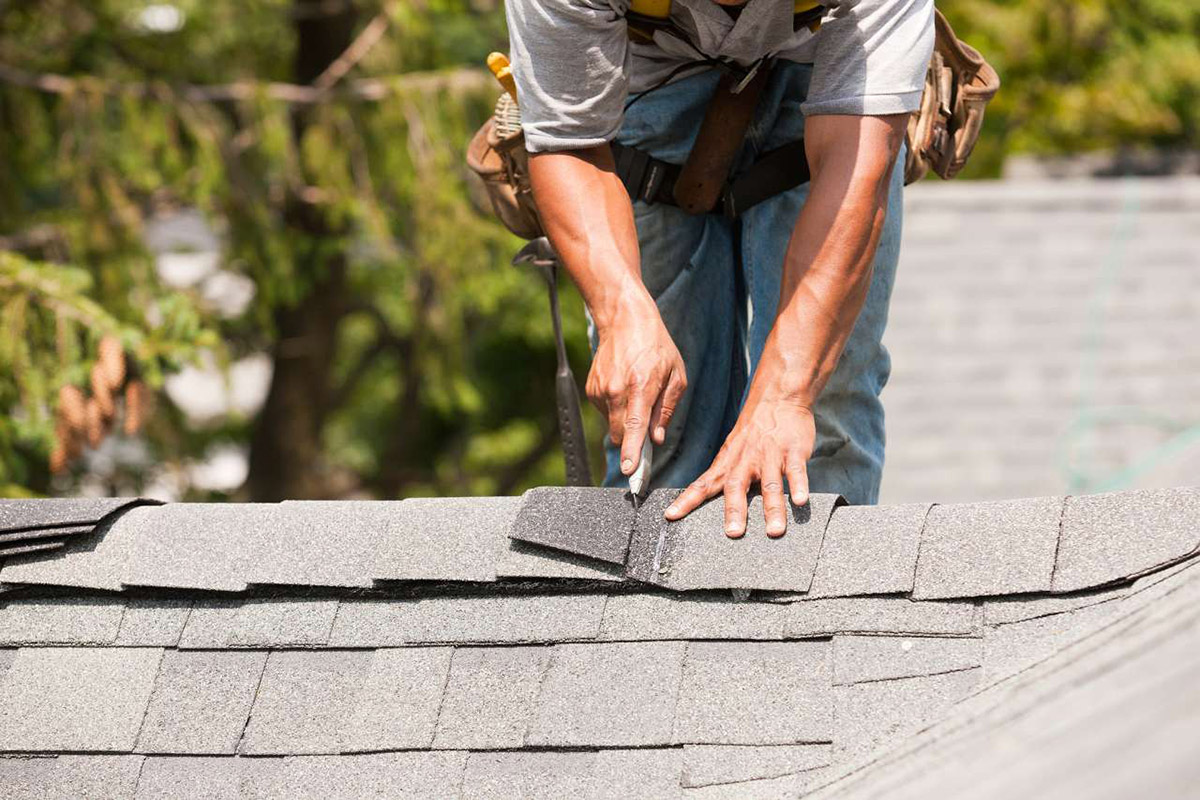

Outdoor Furniture
When To Replace Roof Decking
Modified: March 7, 2024
Need a new outdoor-furniture for your patio? Find out when to replace roof decking and ensure your furniture stays safe and secure.
(Many of the links in this article redirect to a specific reviewed product. Your purchase of these products through affiliate links helps to generate commission for Storables.com, at no extra cost. Learn more)
Introduction
When it comes to the structural integrity of your roof, one crucial element that often goes unnoticed is the roof decking. The roof decking, also known as sheathing or substrate, is the layer of material that sits between the roof coverings and the structural support. Its purpose is to provide a solid base for the roof covering and to distribute the weight evenly across the roof structure.
Over time, roof decking can deteriorate due to various factors such as age, weather exposure, insect infestation, and moisture damage. This can lead to structural problems, water leaks, and compromised overall performance of your roof. It is important to be aware of the signs of roof decking damage and know when it’s time to replace it.
In this article, we will discuss the signs of roof decking damage, factors to consider for roof decking replacement, the importance of inspection and evaluation, choosing the right material for roof decking, hiring a professional roofing contractor, and the steps involved in replacing roof decking.
By understanding these key aspects, you can ensure that your roof decking is in good condition and maintain a durable and long-lasting roof for your outdoor furniture.
Key Takeaways:
- Recognizing signs of roof decking damage, such as sagging, leaks, and decay, is crucial for maintaining a sturdy roof structure and protecting your outdoor furniture from potential water damage.
- Hiring a professional roofing contractor for roof decking replacement ensures expertise, efficiency, and long-term reliability, safeguarding your outdoor furniture and the structural integrity of your home.
Read more: How Much To Replace Roof Decking
Signs of Roof Decking Damage
Recognizing the signs of roof decking damage is essential for maintaining the structural integrity of your roof. Here are some common indicators that your roof decking may be damaged:
- Sagging or uneven roof: If you notice any sagging or unevenness on your roof, it could be a sign of deteriorated or weakened roof decking. This can often be experienced as a dip or a depression in the roof surface.
- Water leaks or stains: Water stains on your ceiling or walls are a clear indication that there is a problem with your roof. If the roof decking has been compromised, it can allow water to seep through and result in leaks or water stains inside your home.
- Mold or mildew: Excessive moisture can lead to the growth of mold or mildew on the roof decking. If you notice any discoloration or musty odors in your attic or on the roof surface, it may be a sign of water damage and potential roof decking issues.
- Missed or loose shingles: Shingles that are missing, cracked, or loose can be an indication of underlying problems with the roof decking. Damaged shingles can expose the roof decking to the elements, leading to further deterioration.
- Excessive roof deflection: When you walk on your roof, do you notice excessive bouncing or flexing? This can be a sign of weak or damaged roof decking that is unable to bear weight effectively.
- Visible decay or rot: Inspect your roof decking for any signs of decay or rot. Soft spots or areas that appear rotten are clear indications that the structural integrity of the roof decking has been compromised.
Remember, it’s important to address these signs of damage promptly to prevent further degradation of the roof decking and potential structural issues. Regular inspections and maintenance can help catch these problems early on and save you from costly repairs down the line.
Factors to Consider for Roof Decking Replacement
When it comes to roof decking replacement, there are several factors that need to be taken into consideration. These factors will help you make informed decisions and ensure a successful replacement process. Here are some key factors to consider:
- Material: Roof decking can be made from different materials, including plywood, oriented strand board (OSB), and composite materials. Each material has its own advantages and considerations, such as durability, cost, and susceptibility to moisture damage. Research the available options and choose a material that suits your specific needs and budget.
- Roofing System Compatibility: Consider the compatibility of the new roof decking with your existing roofing system. Ensure that the replacement material can seamlessly integrate with the rest of the roof components, such as underlayment, flashing, and shingles.
- Climate and Weather Conditions: The climate and weather conditions in your area play a significant role in determining the ideal roof decking material. Some materials perform better in humid or rainy climates, while others are more resistant to extreme heat or cold. Choose a material that can withstand the specific weather challenges in your region.
- Budget: Determine your budget for roof decking replacement. Consider not only the cost of the materials but also the installation and any additional repairs or modifications needed. It’s important to find a balance between cost-effectiveness and quality to ensure a long-lasting and reliable roof deck.
- Durability and Longevity: Evaluate the durability and longevity of the roof decking material. You want to choose a material that can withstand the test of time and requires minimal maintenance. Look for warranties and reviews to gauge the lifespan and performance of the chosen material.
- Energy Efficiency: Consider the energy efficiency benefits of the roof decking material. Some materials offer better insulation properties, helping to reduce energy consumption and lower heating and cooling costs.
- Fire Resistance: Depending on your local building codes and regulations, you may need to choose a roof decking material that meets specific fire resistance standards. Ensure compliance with safety requirements in your area.
By carefully considering these factors, you can make an informed decision about the best roof decking replacement option for your outdoor furniture. Consulting with a professional roofing contractor can also be beneficial to guide you through the selection process and ensure a successful installation.
Inspection and Evaluation of the Roof Decking
Before proceeding with roof decking replacement, a thorough inspection and evaluation of the existing roof decking is necessary. This step helps identify the extent of the damage and provides valuable insights for the replacement process. Here are some key aspects to consider during the inspection:
- Visual Examination: Start by visually inspecting the roof decking from both the exterior and interior. Look for signs of sagging, decay, water damage, mold, or any other visible indicators of deterioration. Pay close attention to areas prone to moisture accumulation, such as around vents, chimneys, and skylights.
- Moisture Testing: Conduct moisture testing to check for hidden water damage. This can be done using a moisture meter to detect the presence of moisture within the roof decking. Areas with high moisture levels may indicate underlying issues that need to be addressed.
- Probing and Testing: In some cases, it may be necessary to physically probe the roof decking to assess its condition. Using a screwdriver or similar tool, gently probe the surface for soft spots or areas that seem weak. This can help identify areas of potential rot or decay.
- Attic Inspection: Inspect the attic or crawl space beneath the roof for any signs of leaks, water stains, or mold growth. This can provide valuable information about the extent of damage to the roof decking.
- Structural Assessment: Evaluate the overall structural integrity of the roof decking. Check for any signs of sagging, deflection, or compromised support. It is important to ensure that the replacement decking will provide adequate support to the roof system.
It is worth noting that conducting a thorough inspection and evaluation of the roof decking is best left to professionals. Roofing contractors have the expertise and tools to identify hidden damage and provide accurate assessments. They can help determine if a full replacement is necessary or if repairs can be made to salvage certain sections of the existing roof decking.
By performing a careful inspection and evaluation, you can make informed decisions about the scope of the roof decking replacement and ensure that the new decking will provide a solid and stable foundation for your outdoor furniture.
Determining the Need for Roof Decking Replacement
Once you have conducted a thorough inspection and evaluation of the roof decking, it is important to determine whether or not replacement is necessary. Here are some key factors to consider when making this determination:
- Extent of Damage: Assess the extent of the damage to the roof decking. If the damage is localized and can be repaired without compromising the overall structural integrity of the roof, repairs may be sufficient. However, if the damage is widespread, severe, or compromising the roof’s performance, replacement may be the best course of action.
- Age of Roof Decking: Consider the age of the roof decking. If the decking is nearing the end of its expected lifespan or is already past its prime, replacement is often recommended. Older decking may be more susceptible to deterioration and may not provide adequate support for the roof system.
- Previous Repairs: Evaluate any previous repairs made to the roof decking. If there have been multiple repairs or patchwork done in the past, it may indicate underlying issues that require a more comprehensive solution, such as complete replacement of the decking.
- Safety Concerns: Assess any safety concerns associated with the damaged roof decking. If the decking poses a risk to the structural integrity of the roof, or if it is causing water leaks, mold growth, or other hazards, replacement is likely necessary to ensure a safe and functional roof system.
- Long-Term Cost Considerations: Consider the long-term cost implications of repairing versus replacing the roof decking. While repairs may seem like a more cost-effective solution in the short term, recurring issues and ongoing maintenance can add up over time. Replacement, on the other hand, provides a fresh start with a new, durable roof decking that can provide long-term benefits and savings.
Ultimately, the decision to replace roof decking should be based on the specific circumstances of your roof and your long-term goals. Consulting with a professional roofing contractor is highly recommended. They can provide expert advice and help you weigh the options to determine the most appropriate course of action.
Replacing the roof decking when necessary is crucial to maintaining the integrity of your roof and ensuring the longevity and stability of your outdoor furniture. It is an investment that will provide peace of mind and protect your property for years to come.
If your roof decking is sagging, has water damage, or is showing signs of rot, it’s time to replace it. Ignoring these issues can lead to more costly damage in the long run.
Read more: What Is Roof Decking
Choosing the Right Material for Roof Decking
When it comes to selecting the material for your roof decking, it is important to consider various factors such as durability, cost, climate suitability, and compatibility with your existing roofing system. Here are some popular options to consider:
- Plywood: Plywood is a common choice for roof decking due to its strength, affordability, and ease of installation. It is made from layers of wood veneer glued together, providing excellent structural support. However, plywood is susceptible to moisture damage and may require proper waterproofing and regular maintenance to prolong its lifespan.
- Oriented Strand Board (OSB): OSB is another popular choice, especially for residential roofs. It is made from compressed wood strands coated with resin, offering good durability and affordability compared to plywood. However, it is not as moisture-resistant as plywood and may require extra precautions in areas with high humidity or heavy rainfall.
- Composite Materials: Composite materials, such as fiber-cement or fiberglass-reinforced plastic (FRP), offer excellent durability and resistance to moisture, rot, and insects. These materials are more expensive than plywood or OSB but provide superior longevity and require minimal maintenance. They are particularly suitable for areas with high humidity, extreme temperature variations, or a high risk of water damage.
- Insulated Panels: Insulated roof decking panels combine the structural components with insulation properties. They provide enhanced energy efficiency by reducing heat transfer and improving insulation performance. However, they tend to be more expensive and may require professional installation.
When choosing the right material for your roof decking, consider your specific needs and environmental factors. If you live in a region prone to heavy rain or high humidity, opt for materials with better moisture resistance. If you are in an area with extreme temperature fluctuations, choose materials that can withstand such conditions.
It is important to consult with a professional roofing contractor to assess your specific requirements. They will consider factors such as the slope of your roof, local building codes, and compatibility with the existing roofing system to recommend the most suitable material for your roof decking.
Ultimately, selecting the right material for your roof decking is crucial for ensuring the long-term stability, durability, and performance of your roof structure. It is an investment that will provide protection for your outdoor furniture and peace of mind for years to come.
Hiring a Professional Roofing Contractor
When it comes to roof decking replacement, hiring a professional roofing contractor is essential for a successful and hassle-free process. Here are some reasons why you should consider hiring a professional:
- Expertise and Experience: Professional roofing contractors have the knowledge, skills, and experience to properly assess the condition of your roof decking and determine the most appropriate course of action. They are familiar with industry best practices and can ensure that the replacement is done correctly, adhering to local building codes and regulations.
- Efficiency and Safety: Roof decking replacement can be a complex and time-consuming process. Professional contractors have the necessary tools, equipment, and manpower to efficiently complete the job, saving you time and effort. They are also trained in safety protocols to minimize risks and accidents during the installation.
- Access to Quality Materials: Professional contractors have access to high-quality materials and can help you choose the best option for your specific needs and budget. They have established relationships with suppliers, ensuring that you get durable and reliable roof decking materials for your outdoor furniture.
- Insurance and Warranty: Reputable roofing contractors carry proper liability insurance coverage that protects you in case of any accidents or damages that may occur during the replacement process. They also provide warranties on their workmanship, giving you peace of mind knowing that the job is covered should any issues arise in the future.
- Comprehensive Services: Professional roofing contractors often offer comprehensive services, including not only roof decking replacement but also inspection, repair, maintenance, and other roofing-related services. This means that they can handle all your roofing needs, ensuring that your entire roof system is in good condition.
- Cost-Effectiveness: While hiring a professional contractor may seem like an added expense, it can actually be cost-effective in the long run. Professionals have access to wholesale pricing on materials, can complete the job more efficiently, and can help prevent costly mistakes that could arise from DIY attempts.
When hiring a roofing contractor, be sure to do your research and choose a reputable and licensed professional. Ask for references, verify their credentials, and request a written estimate for the project. It’s also important to have a clear contract that outlines the scope of work, timeline, payment terms, and any warranties provided.
By hiring a professional roofing contractor, you can ensure a smooth and successful roof decking replacement, protecting the structural integrity of your roof and providing a sturdy foundation for your outdoor furniture.
Steps to Replace Roof Decking
Replacing the roof decking is a complex process that requires careful planning and execution. Here are the general steps involved in roof decking replacement:
- Prepare the Work Area: Clear the area surrounding your roof and ensure that it is safe and accessible for the roofing contractors. Remove any furniture, debris, or obstacles to provide a clean and spacious work environment.
- Remove the Existing Roof Covering: The first step is to remove the existing roof covering, such as shingles or tiles, to expose the current roof decking. This is typically done using pry bars, roofing shovels, or specialized tools to carefully lift and remove the roof materials.
- Inspect the Underlying Structures: Once the roof covering is removed, inspect the underlying structures, such as the rafters and trusses, for any signs of damage or decay. It is important to address any issues with the support structures before proceeding to replace the roof decking.
- Remove the Damaged Roof Decking: Identify the sections of the roof decking that are damaged or deteriorated and carefully remove them. This is done by prying up the nails or screws that secure the decking to the underlying support structures. Take care to avoid damaging the surrounding decking that is still in good condition.
- Cut and Install New Roof Decking: Measure and cut the new roof decking material to fit the appropriate sections of the roof. Properly align the decking with the support structures and secure it in place using nails or screws. Ensure that the new decking is tightly installed and provides a solid base for the roof covering.
- Seal and Waterproof: Apply a waterproofing membrane or underlayment to the new roof decking. This helps protect the decking from moisture intrusion and extends its lifespan. Follow the manufacturer’s guidelines for proper installation of the waterproofing material.
- Reapply the Roof Covering: Once the new roof decking and waterproofing membrane are in place, reinstall the roof covering, whether it be shingles, tiles, or another type of material. Ensure that the roof covering is properly installed, aligned, and secured to provide adequate protection.
- Clean and Inspect: Clean up any debris and conduct a thorough inspection to ensure that the replacement has been done correctly. Look for any visible signs of damage, leaks, or inadequate installation. This is a good time to address any remaining issues before the project is completed.
- Finalize the Project: Once the replacement is complete and all inspections are satisfactory, finalize the project by making any necessary repairs, sealing the edges, and ensuring that the roof is properly ventilated. Obtain any warranties or documentation provided by the roofing contractor for future reference.
It’s important to note that the process may vary depending on the specific roof structure and the materials being used. Consulting with a professional roofing contractor is highly recommended to ensure that the steps are tailored to your specific situation.
By following these steps and working with a professional, you can ensure a successful roof decking replacement project, providing a solid foundation for your outdoor furniture and ensuring the long-lasting performance of your roof.
Conclusion
Roof decking is a crucial component of your roof’s structure that often goes unnoticed. It provides support, stability, and a solid foundation for the roof covering. Over time, roof decking can deteriorate due to age, weather exposure, moisture damage, and other factors. Recognizing the signs of roof decking damage is essential to maintaining the integrity of your roof and preserving the longevity of your outdoor furniture.
In this article, we have discussed the signs of roof decking damage and the factors to consider when deciding to replace it. We explored the importance of inspection and evaluation, as well as the considerations for selecting the right material for roof decking. Hiring a professional roofing contractor is crucial for a successful replacement project, as they have the expertise, experience, and resources to ensure a seamless and efficient process.
When replacing roof decking, the steps involved include preparing the work area, removing the existing roof covering, inspecting and addressing any underlying structural issues, carefully removing the damaged decking, installing the new decking, sealing and waterproofing, reapplying the roof covering, and conducting a thorough cleanup and inspection. By following these steps and working with a professional, you can ensure a reliable and durable roof deck that provides a sturdy foundation for your outdoor furniture.
Protecting and maintaining your roof decking is essential for the safety and longevity of your roof and the overall integrity of your home. Regular inspections, maintenance, and prompt repairs or replacements when needed are key to avoiding costly damages and ensuring the long-term performance of your roof.
In summary, understanding the signs of roof decking damage, the considerations for replacement, and the importance of hiring a professional contractor will help you make informed decisions and ensure a successful roof decking replacement project. By investing in the health and durability of your roof, you can enjoy the benefits of a sturdy and reliable outdoor space for years to come.
Frequently Asked Questions about When To Replace Roof Decking
Was this page helpful?
At Storables.com, we guarantee accurate and reliable information. Our content, validated by Expert Board Contributors, is crafted following stringent Editorial Policies. We're committed to providing you with well-researched, expert-backed insights for all your informational needs.
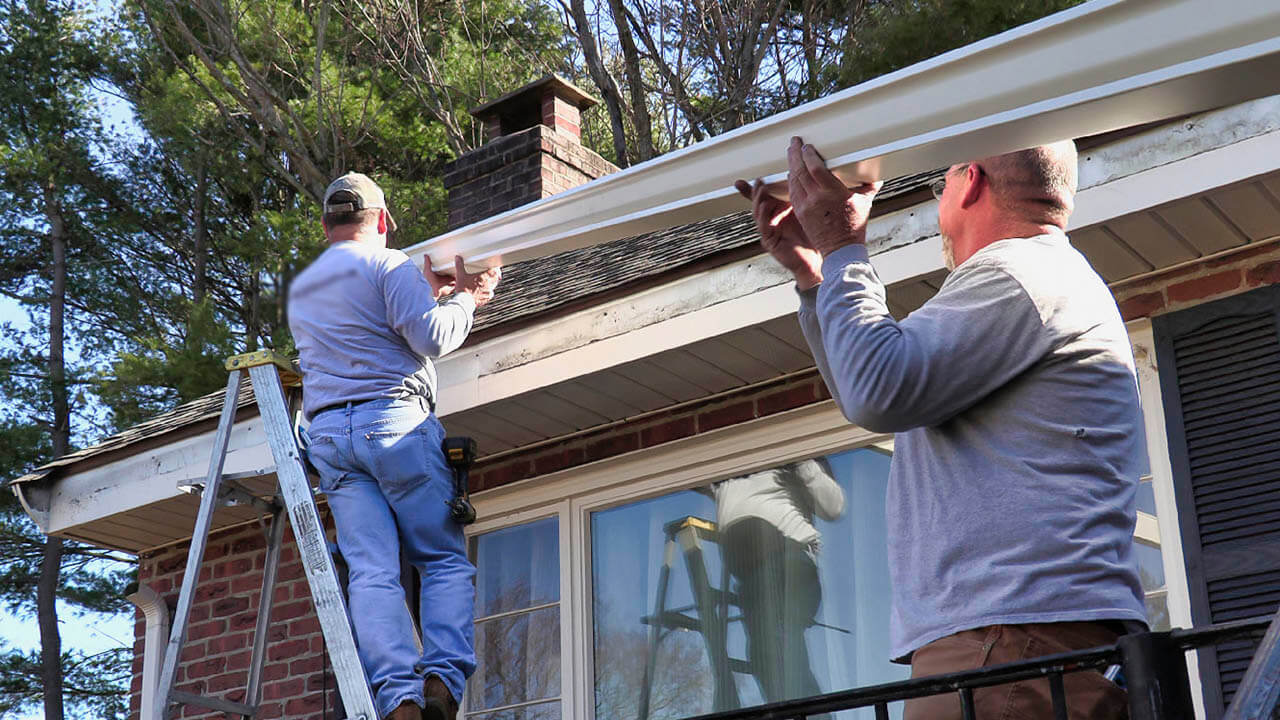
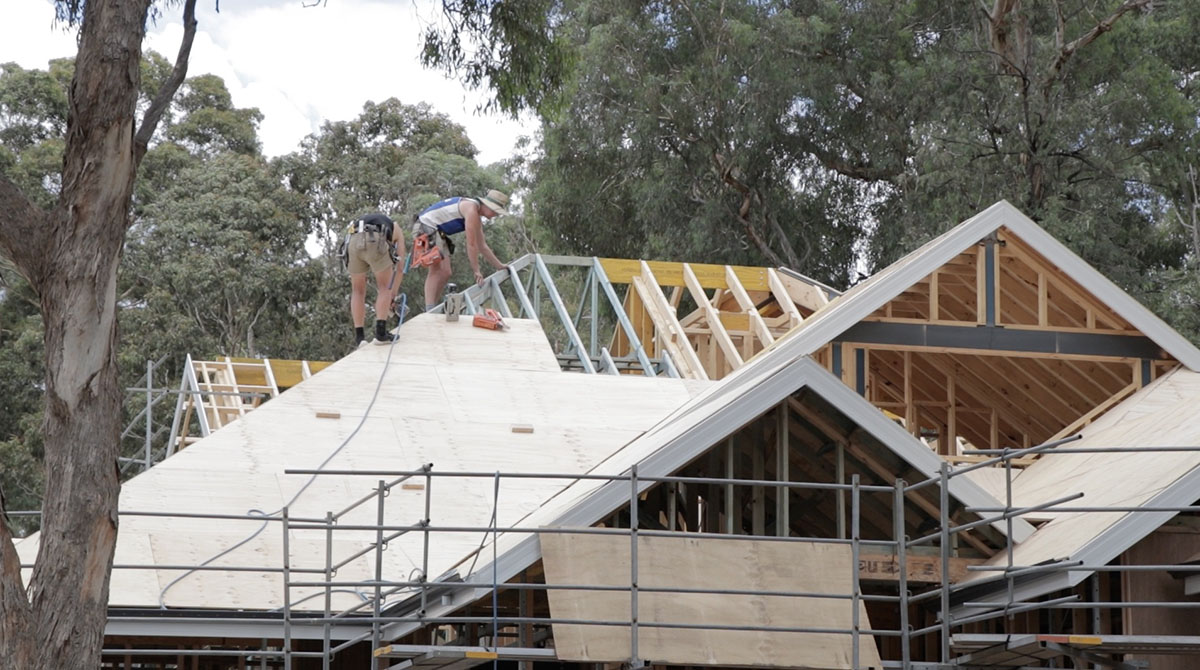
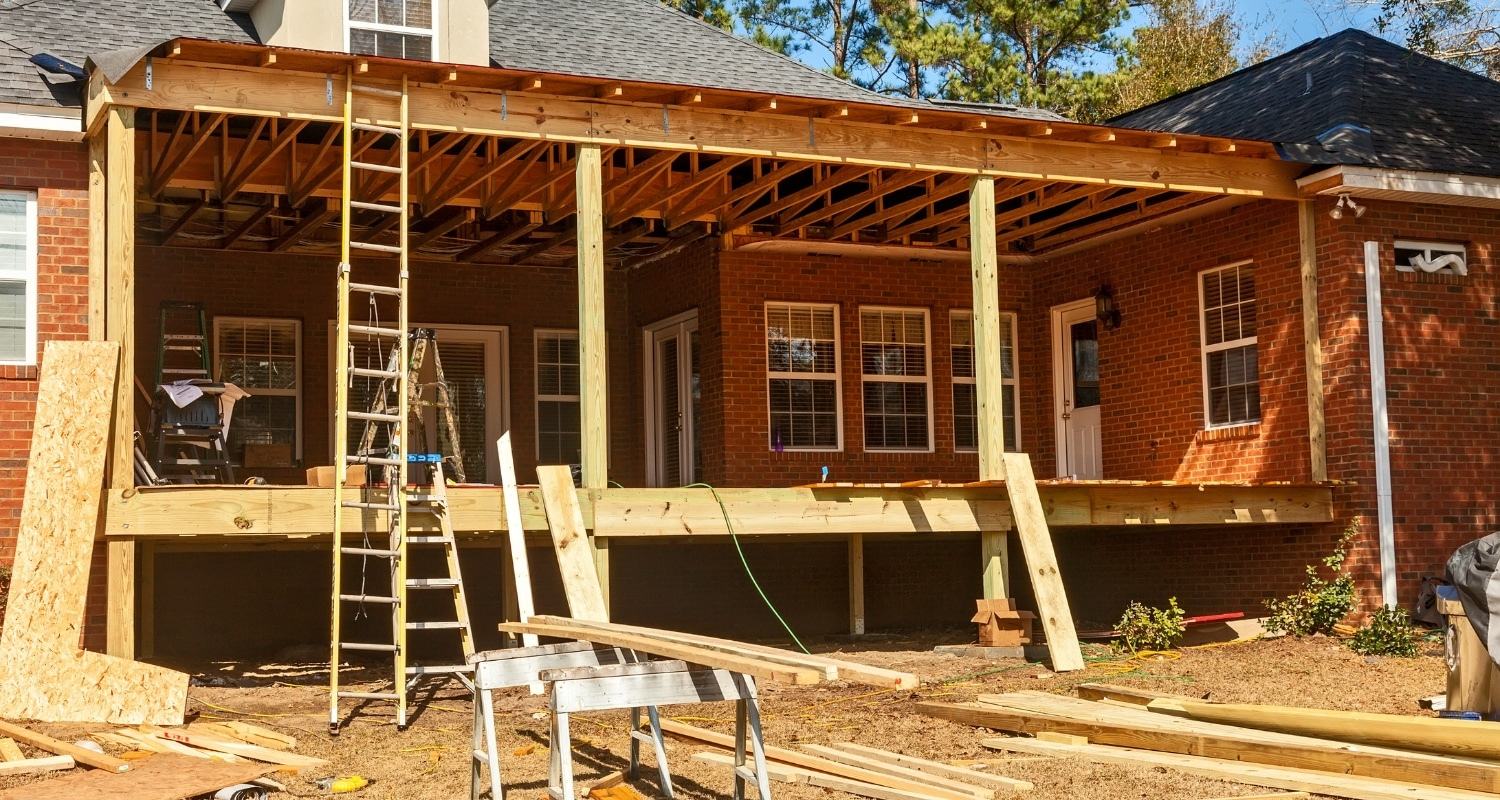
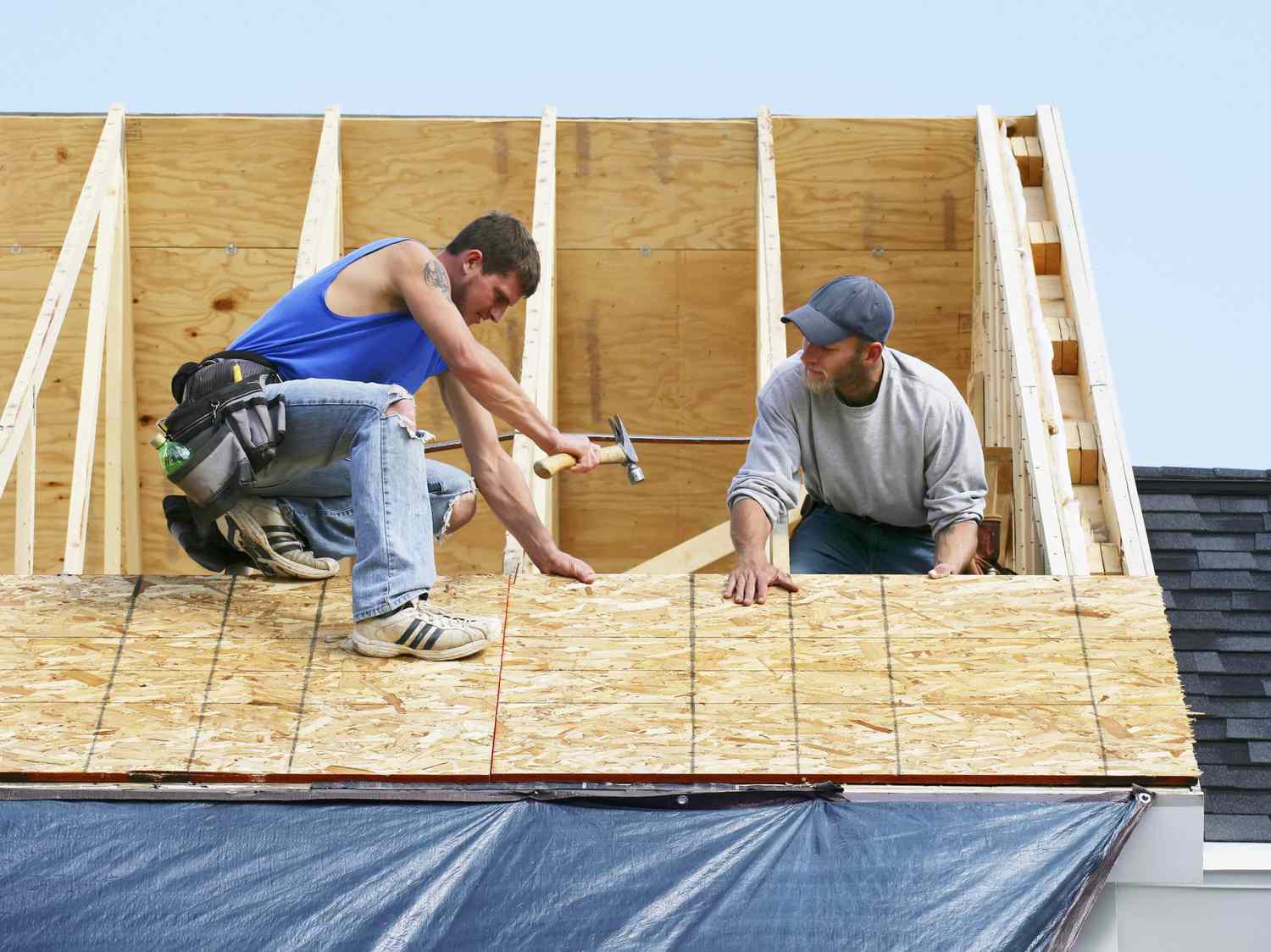
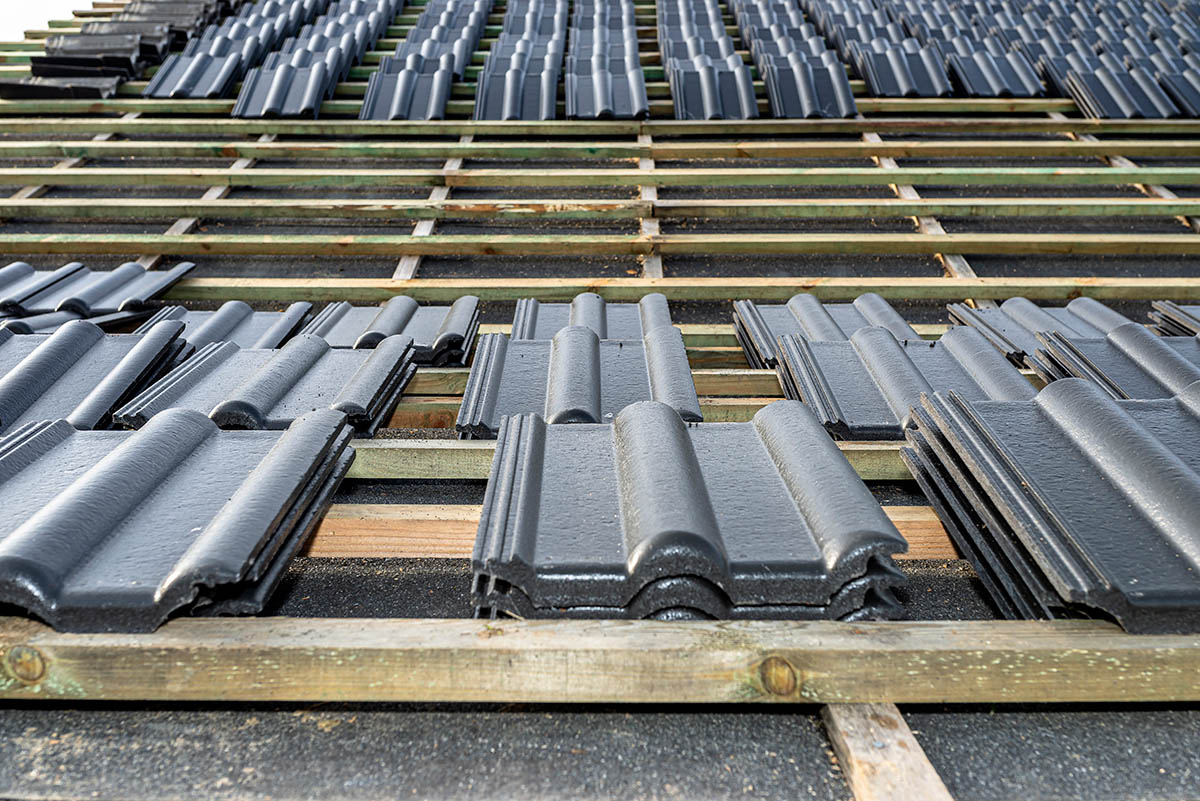
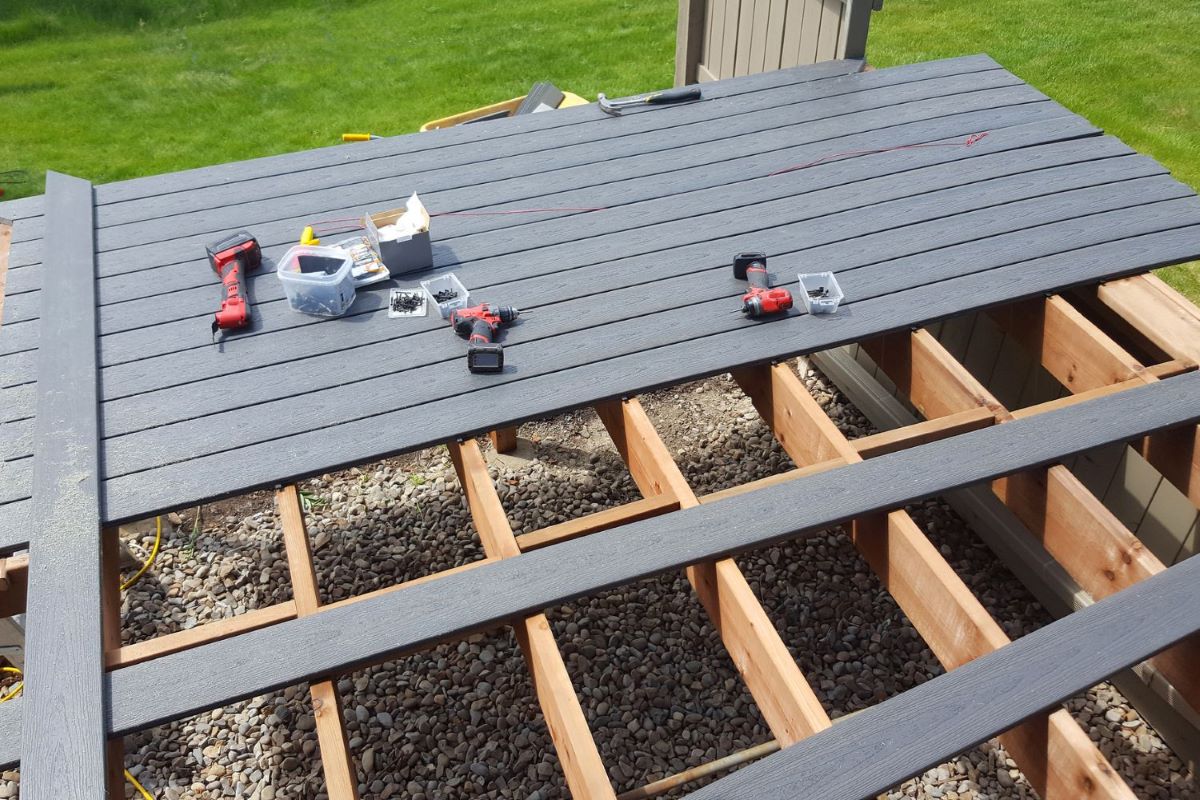
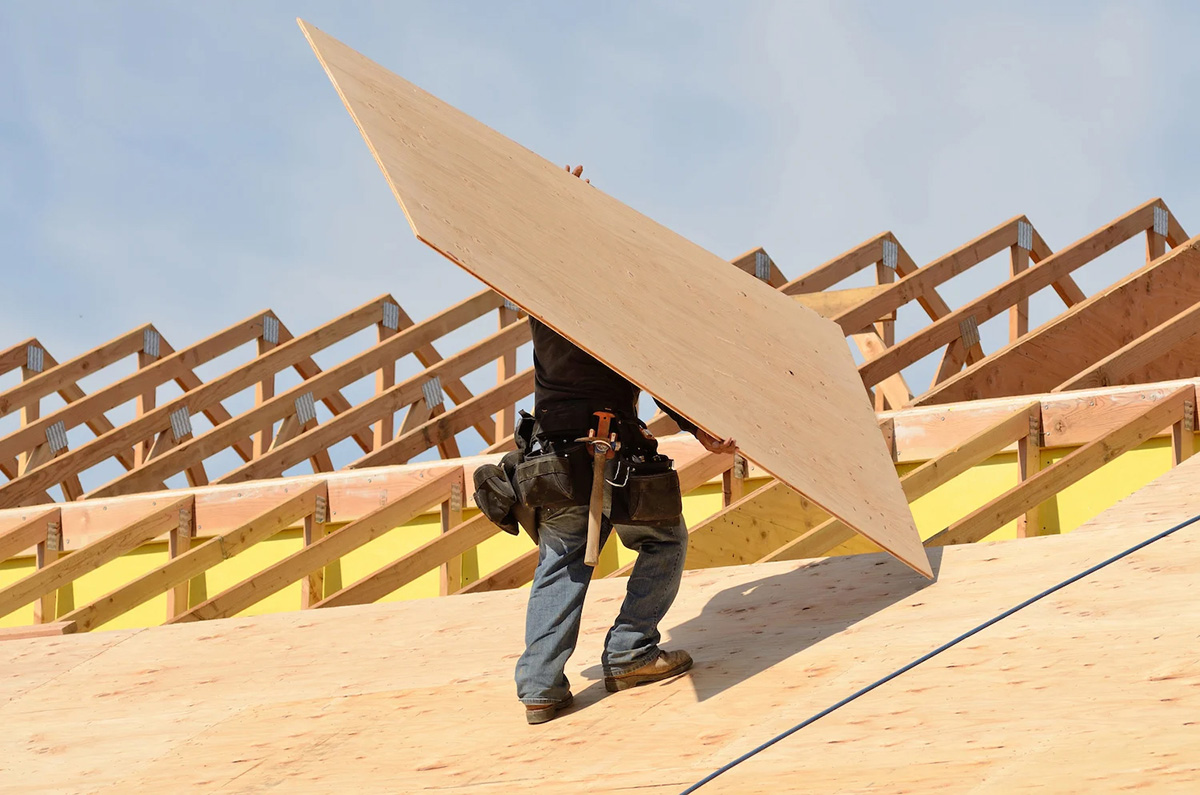
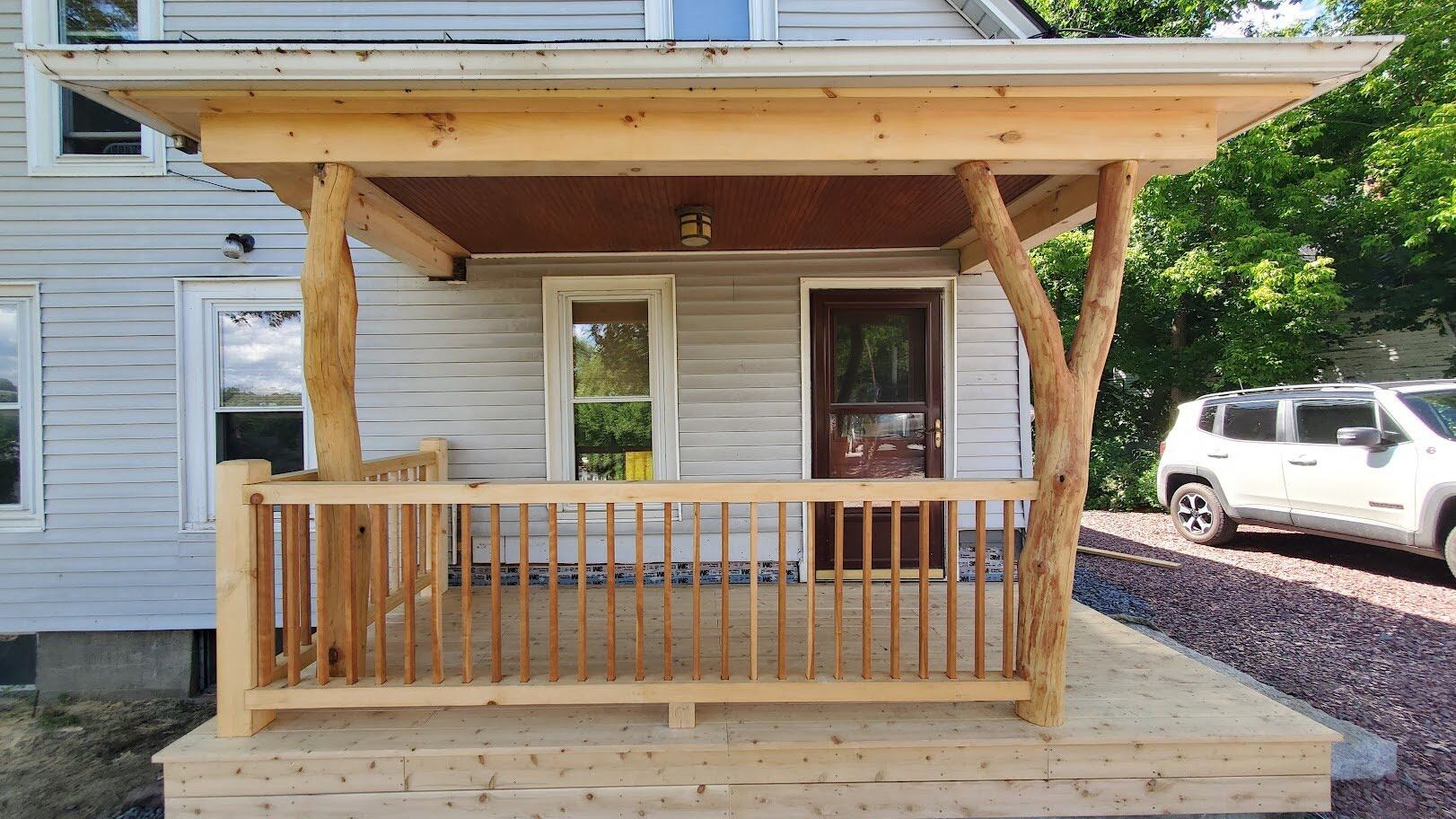
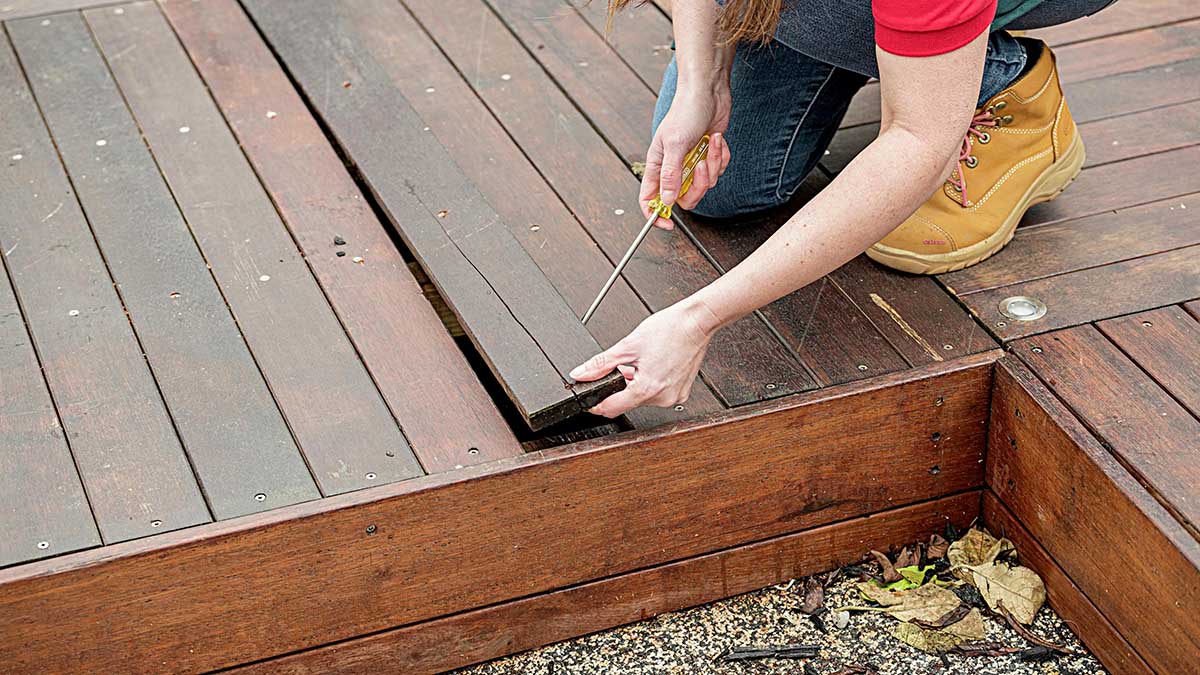
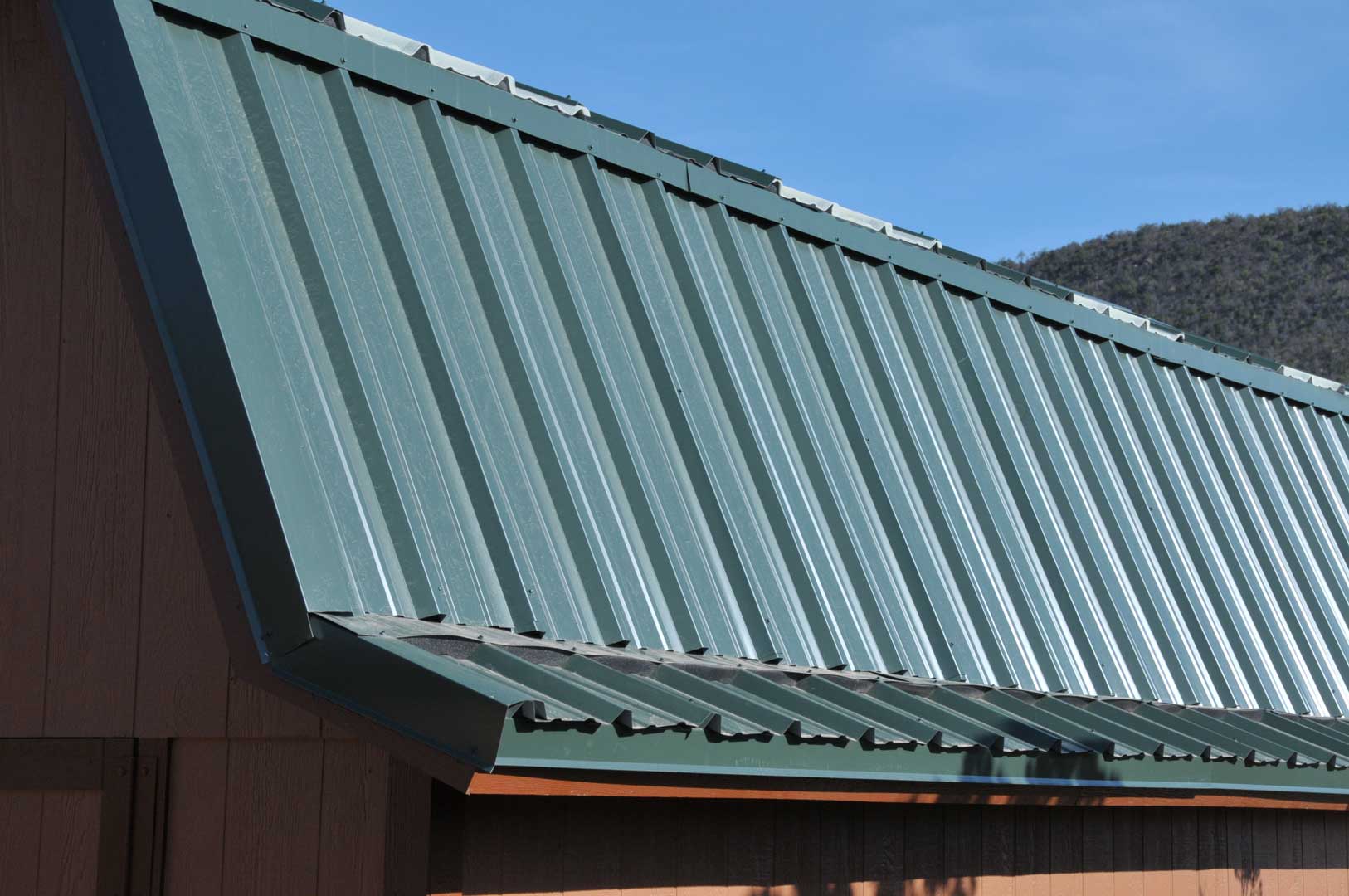
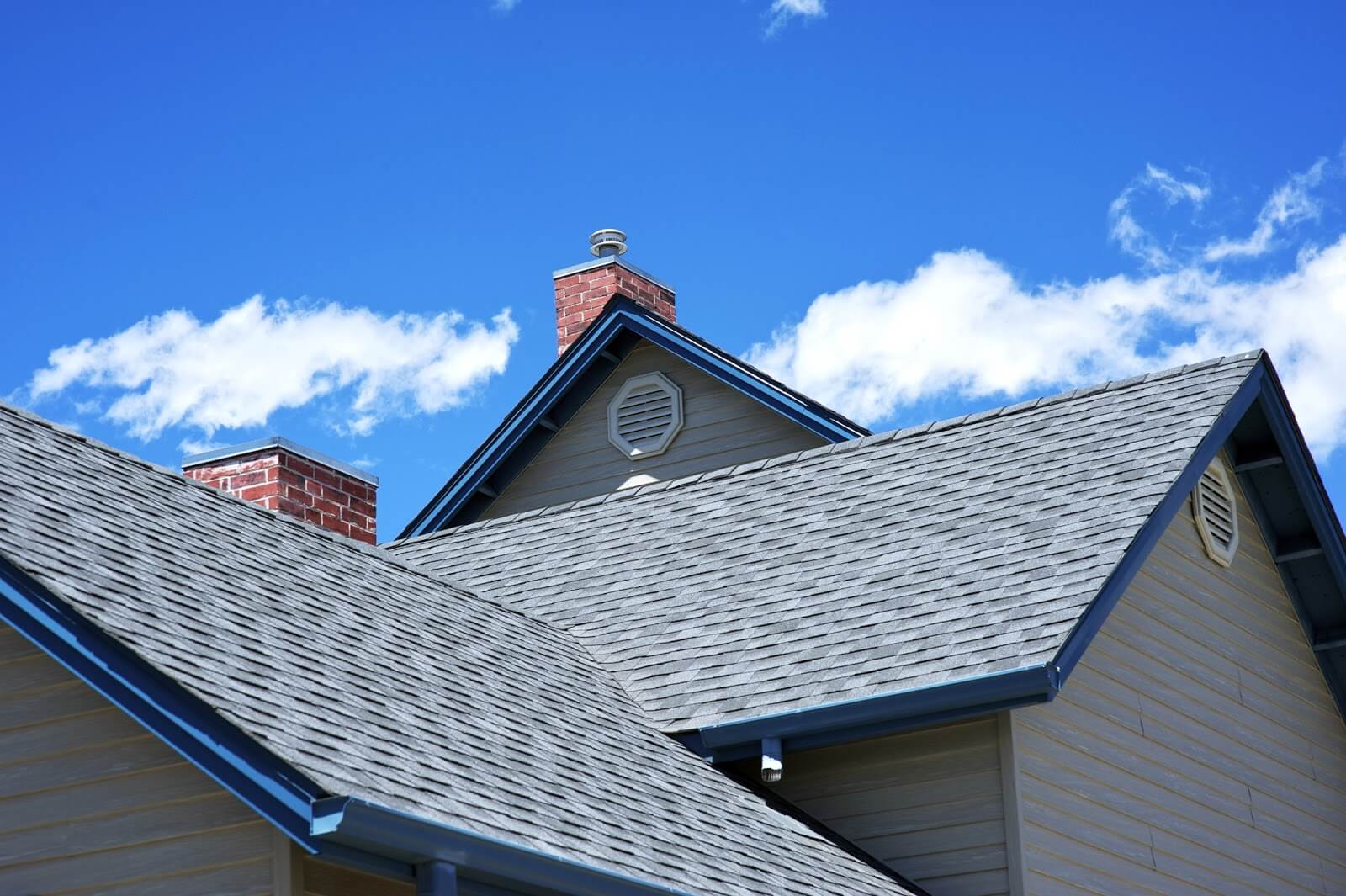
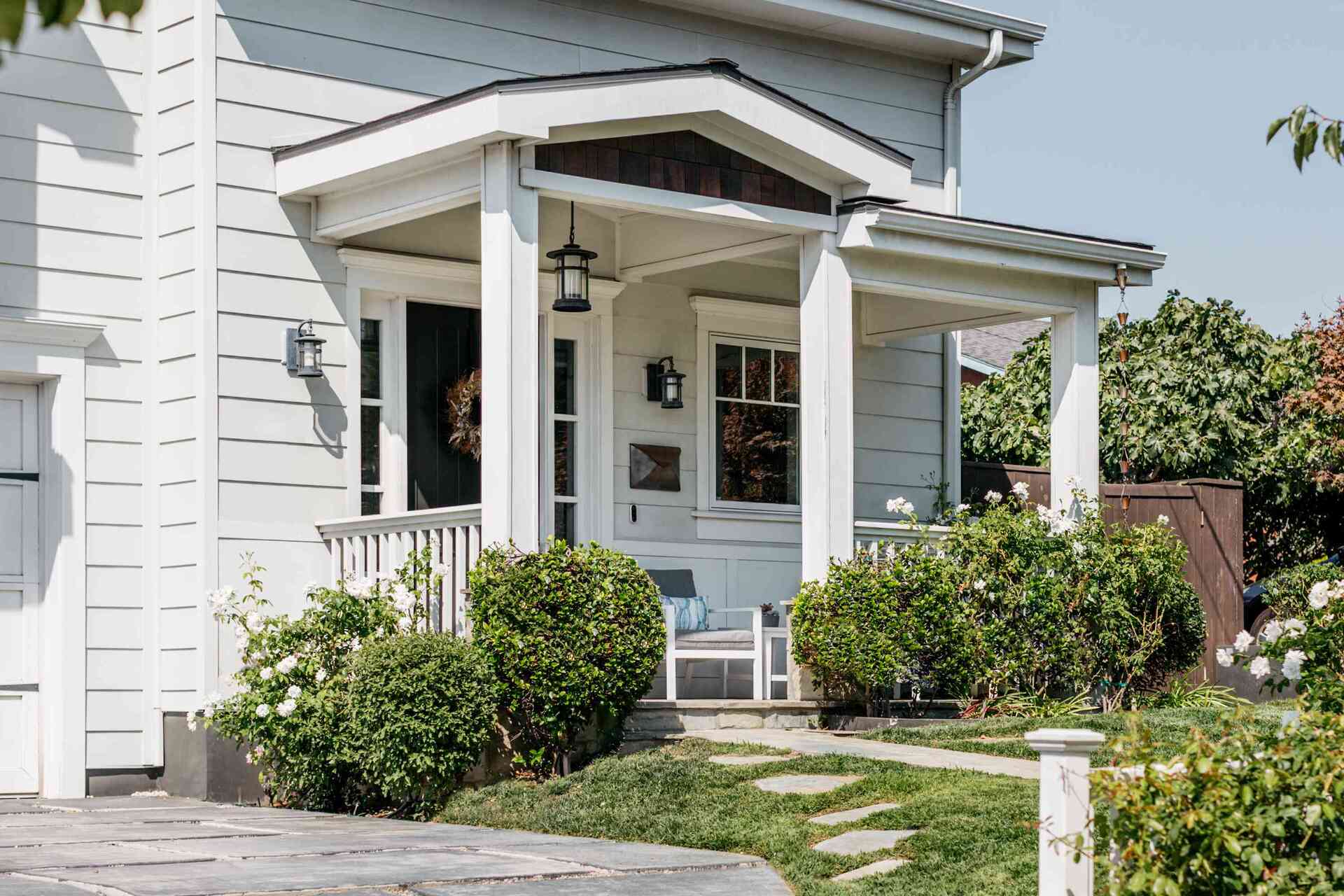
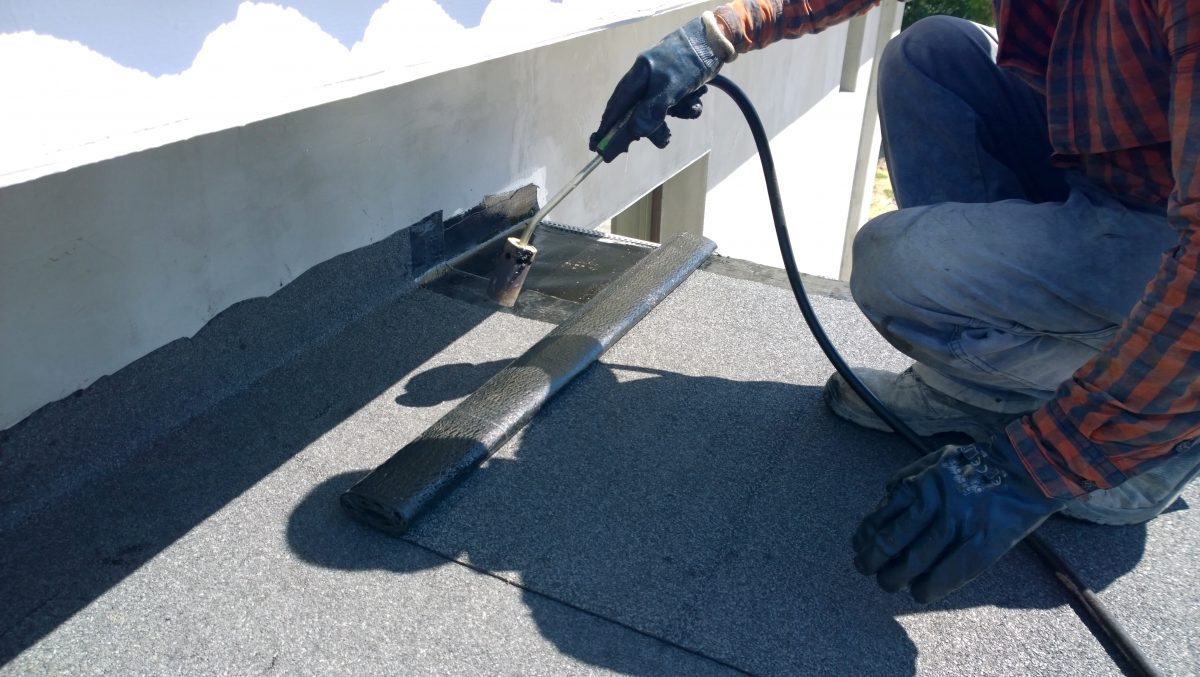
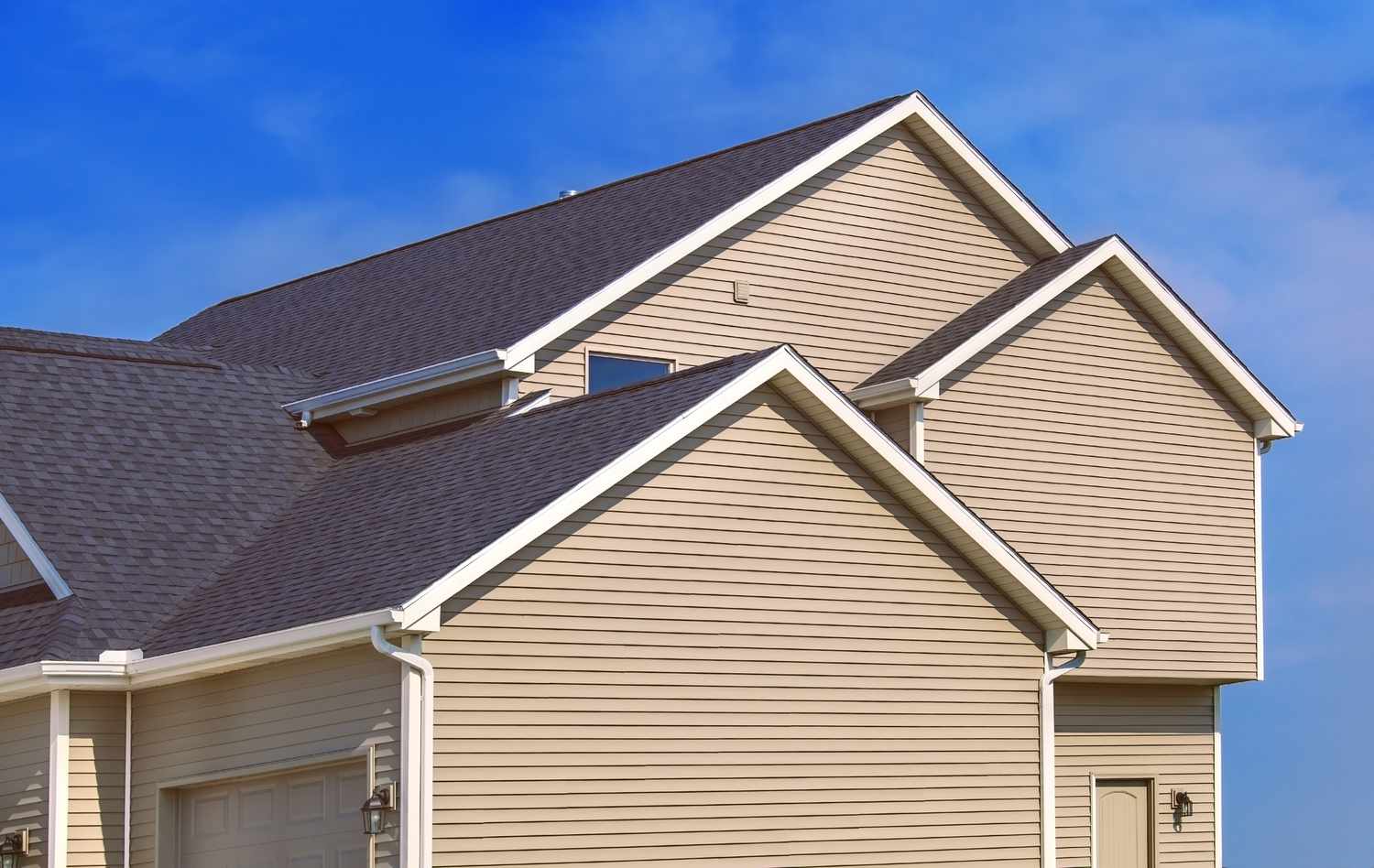

0 thoughts on “When To Replace Roof Decking”